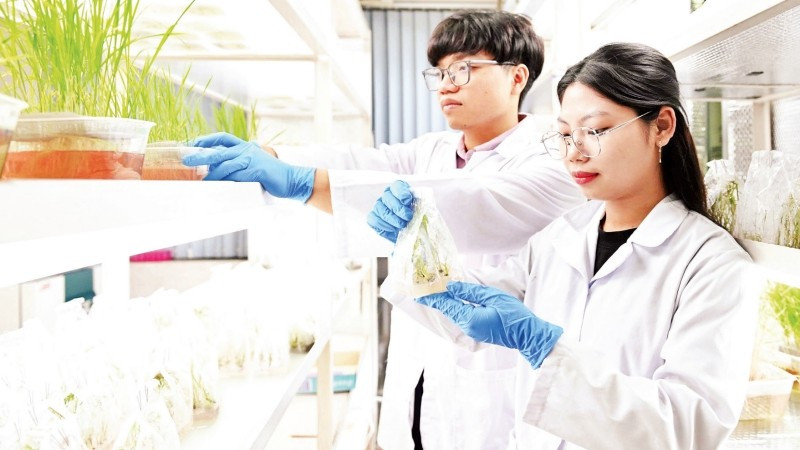
Recently, many new crop varieties with high productivity and quality, adapting to climate change and market requirements have been put into production, contributing significantly to the restructuring process of the crop industry towards increasing added value and sustainable development.
Core foundation of manufacturing
Since the Law on Crop Production came into effect, 309 rice varieties and 144 corn varieties have been recognized or extended for circulation. Vietnam is almost completely self-sufficient in annual rice seed production and most hybrid corn varieties, greatly reducing dependence on imported seed sources, enriching seed stocks, ensuring national food security...
According to Deputy Director of the Department of Crop Production and Plant Protection ( Ministry of Agriculture and Environment ) Nguyen Thi Thu Huong, for rice, many new varieties such as ST24, ST25, OM18, Dai Thom 8, OM5451... have been put into mass production, giving stable productivity, meeting high quality requirements for consumption and export. Some Vietnamese rice varieties such as ST24, ST25 are recognized as the world's top delicious rice varieties, contributing to building the Vietnamese rice brand in the global market. Along with that, high-quality hybrid corn varieties and genetically modified corn varieties are also effectively applied in many production areas. For fruit trees, varieties such as V2 orange, green-skinned grapefruit, Ri6 durian, Hoa Loc mango... are also mass produced, giving high productivity and quality. Many varieties meet export standards to demanding markets such as Japan, EU, and the US.
According to Ms. Huong, the application of new varieties has contributed to increasing productivity by 8-15% depending on the type of crop, thereby improving economic efficiency, improving farmers' livelihoods, and significantly changing the face of the crop industry. In fact, rice varieties such as ST24, ST25, Dai Thom 8 or OM5451 not only have high productivity, but also, thanks to the quality of fragrant, sticky rice, meeting export standards in the high-end segment, have contributed to creating and building the Vietnamese rice brand to become a strong brand in the international market. In addition, in the context of agricultural production facing a series of challenges such as complex developments of harmful organisms, extreme weather and widespread saltwater intrusion, crop varieties are the "shield" to protect production. For example, in areas with unfavorable production conditions along the coast of the Mekong Delta provinces, thanks to rice varieties with good salt tolerance such as OM18 and OMCS2000, farmers here have maintained stable production.
Crop varieties are also the key to restructuring crops and farming systems. Short-term rice varieties such as OM6976 and OM6162 help expand the area for three crops per year, increase the land use coefficient, and create conditions for flexible crop rotation and intercropping with other crops or legumes to improve the soil and cut down on pests and diseases. Another important benefit is that using healthy, disease-resistant varieties will help reduce the need for fertilizers and pesticides, which is of great significance both economically and environmentally.

Balanced development of crop varieties
Despite many outstanding achievements, the Vietnamese plant breeding industry still faces many challenges. Chairman of the Vietnam Plant Breeding Association Tran Dinh Long said that the current work of selecting and breeding plant varieties is showing an imbalance in research between food crops and fruit trees, and there are limitations in improving forestry varieties. Investment in research and breeding of plant varieties is currently mainly focused on food crops such as rice, corn, and beans; while fruit trees, perennial industrial crops, and valuable forestry trees with high export potential have not received adequate attention for development.
In addition, the application of biotechnology in seedling breeding is still modest. The main reasons are the lack of highly qualified human resources, unsynchronized facilities and high research costs. Seed production activities are still mainly based on small-scale household models, lacking links with businesses and markets, making quality control, traceability and expansion of production scale difficult.
Meanwhile, the awareness of some people and businesses about legal regulations in the field of plant varieties is still limited. In addition, the seed market still has a situation of copyright infringement, affecting the reputation of this industry and reducing the motivation to invest in innovation. In particular, the lack of models linking production and consumption of high-quality seeds is also a bottleneck.
According to Deputy Director of Vietnam Seed Group Joint Stock Company (Vinaseed) Nguyen Dinh Trung, currently, the policy mechanism is not really synchronous, there is a lack of valuable genetic resources, limited human resources with deep expertise; long research time for seedlings, high costs, risks due to climate change and market, and the situation of copying varieties also greatly affects the interests of businesses as well as the development of the seed industry.
Accordingly, businesses expect the State to build a synchronous policy system, focusing on key solution groups: financial incentives, legal reform, research infrastructure development, human resource training support, promoting public-private partnership (PPP) and strengthening international cooperation to transfer advanced technology and genetic resources.
Deputy Director of the Department of Crop Production and Plant Protection Nguyen Thi Thu Huong suggested that the authorities should continue to improve the system of policies and laws on plant varieties to ensure consistency, transparency and create favorable conditions for organizations and individuals to participate in the selection, production and trading of varieties. In addition, it is necessary to encourage investment through preferential credit mechanisms and support research and development (R&D), especially for key varieties such as rice, corn, cassava, vegetables, flowers and fruit trees. In addition, it is necessary to promote research and selection of new varieties with high yield, good quality, resistance to pests and diseases and adaptability to harsh growing conditions; the application of biotechnology should be prioritized in scientific research programs; The seed industry needs to reorganize the production system into a closed chain, ensuring control from original seeds to commercial products, with close participation of research institutes, universities, businesses and farmers through public-private partnership (PPP) models...
Source: https://nhandan.vn/ung-dung-khoa-hoc-cong-nghe-de-chon-tao-cay-giong-post891952.html



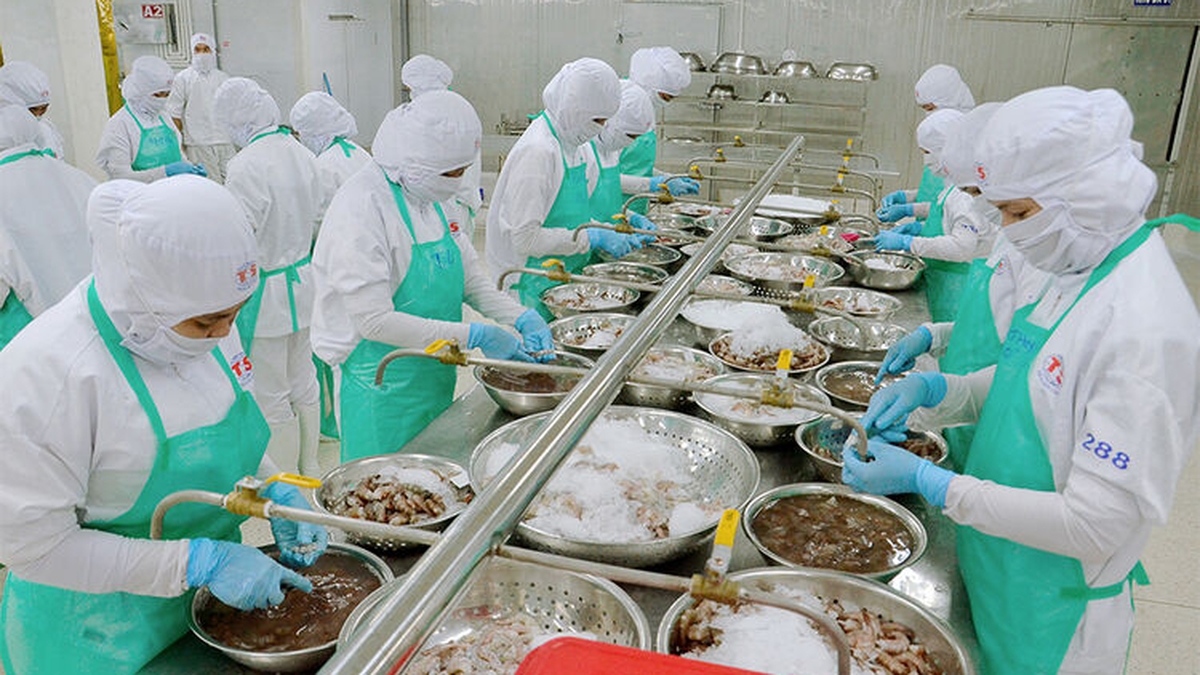


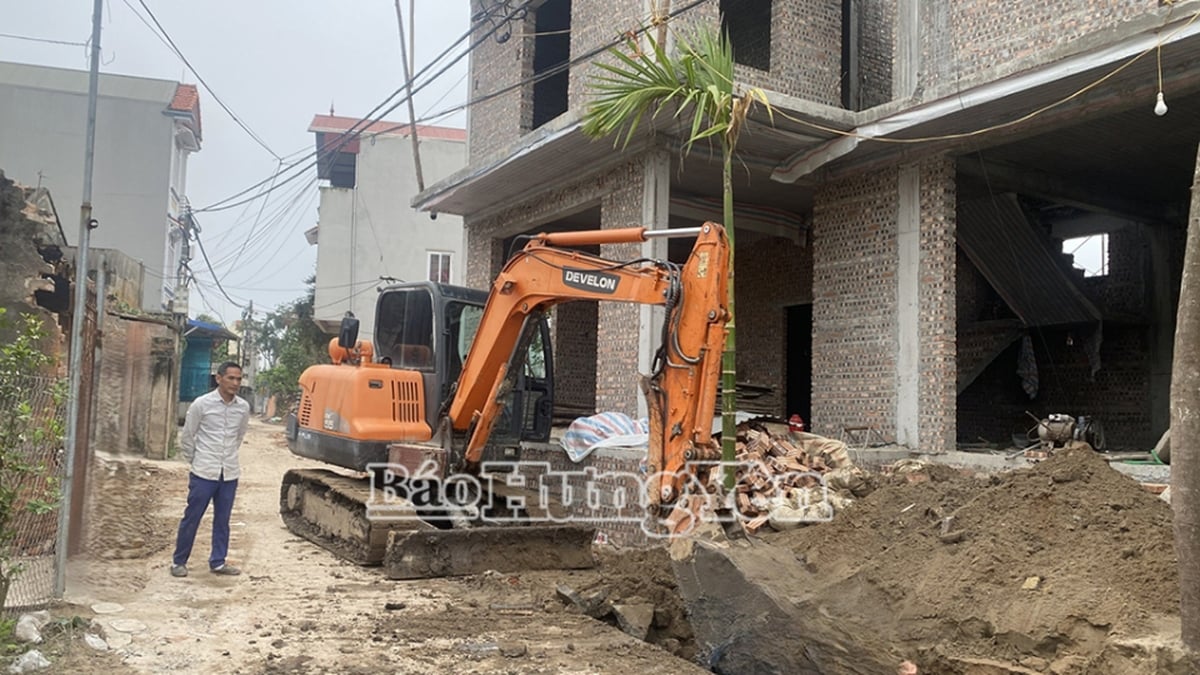



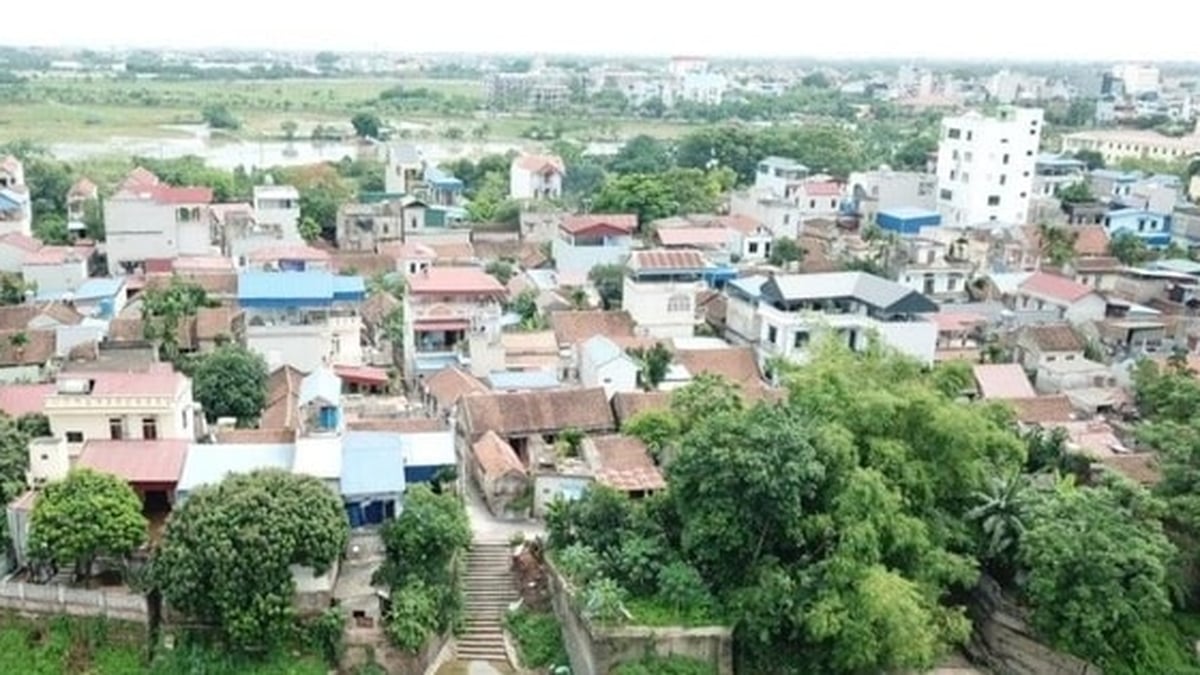
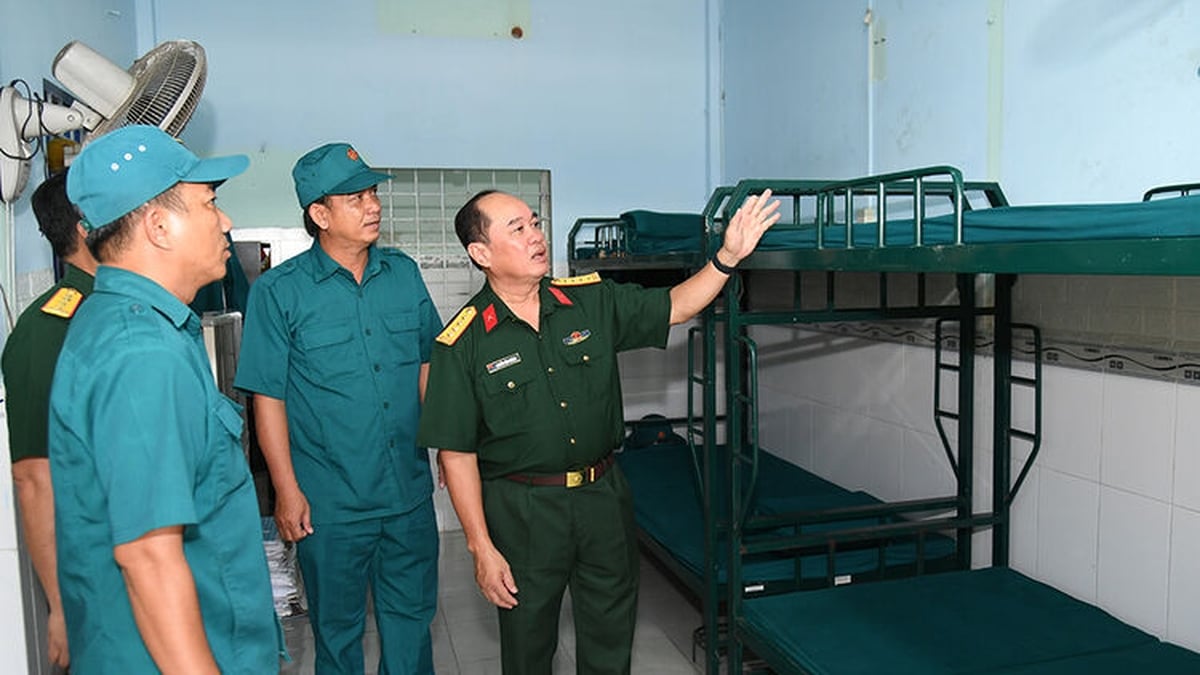











































![[Maritime News] Treasury Department Targets Diverse Networks Facilitating Iran's Oil Trade](https://vphoto.vietnam.vn/thumb/402x226/vietnam/resource/IMAGE/2025/7/14/43150a0498234eeb8b127905d27f00b6)






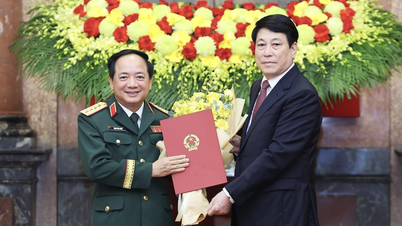


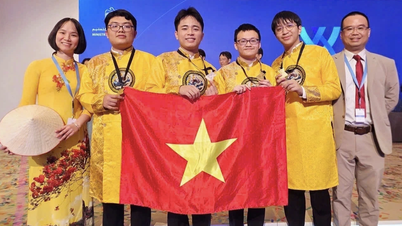
































Comment (0)